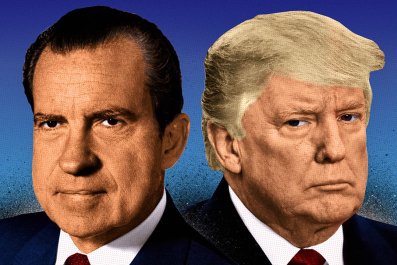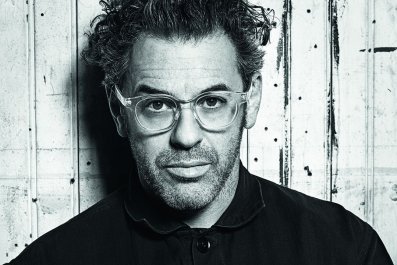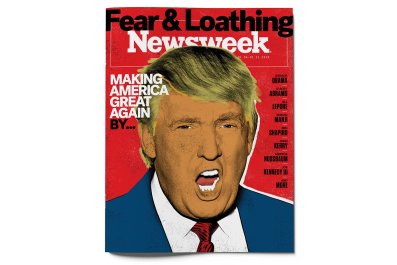Humans eat so much chicken that it will become a marker of the Anthropocene era, a study has found. With over 21 billion broiler chickens in existence, human production of the species has fundamentally reconfigured Earth's biosphere, researchers say.
Carys Bennett, from the U.K.'s University of Leicester, and colleagues were looking at how humans have altered the biosphere—the parts of Earth where life exists. They considered that with over 21 billion broiler chickens in existence, the industrial production of this species would have had a major impact on the planet.
Read more: Lab-grown meat is coming to America
Chicken consumption rose dramatically from the 1950s. Since then, the size and shape of the species—including changes to their skeleton, bone chemistry and genetics—has changed far beyond the wild chicken ancestors they were domesticated from.
Further to this, broiler chickens cannot survive without "intensive human intervention"—its rapid growth of leg and breast muscle means its organs, including the heart and liver, are smaller than normal. This restricts their function and, in turn, the chicken lifespan.
In their study published in Royal Society Open Science, researchers argue that because we engineered the species, and because it has become such a major feature of food consumption, it will be considered a marker of the Anthropocene—the proposed geological age where human activity is the dominant influence over the planet.
"Chicken is the most commonly eaten meat worldwide, and their bones are components of household trash," Bennett told Newsweek. "Industrial broiler (meat chicken) farms are spread around the world, and chickens are also buried at these sites.
"The significance of the post-mid-20th century chicken is that it is the first really good example we have of what palaeontologists call a new 'morphospecies'—that is a distinctive kind of skeleton that can be identified as a fossil—that appeared in the Anthropocene i.e. post-1950, and in that time became hugely abundant pretty well around the world. In the future, humans will find and use chickens as a marker—or index species—of our age.
"The broiler chicken, Bennett says, is now a symbol of how the biosphere is unrecognizable from its pre-human state. Chickens have become the most numerous terrestrial vertebrate species on the planet and their biology has been shaped by humans, making chicken "one of the most striking examples of our age," Bennett said.
This dominance is unlikely to last, however. "While chicken consumption is very popular right now, a sign of change is that the world's largest chicken producers—Tyson Foods and Perdue Farms—are now investing in plant-based proteins," Bennett said. "Times are changing and people are looking for food that is better for the environment, as well as their wallet."













